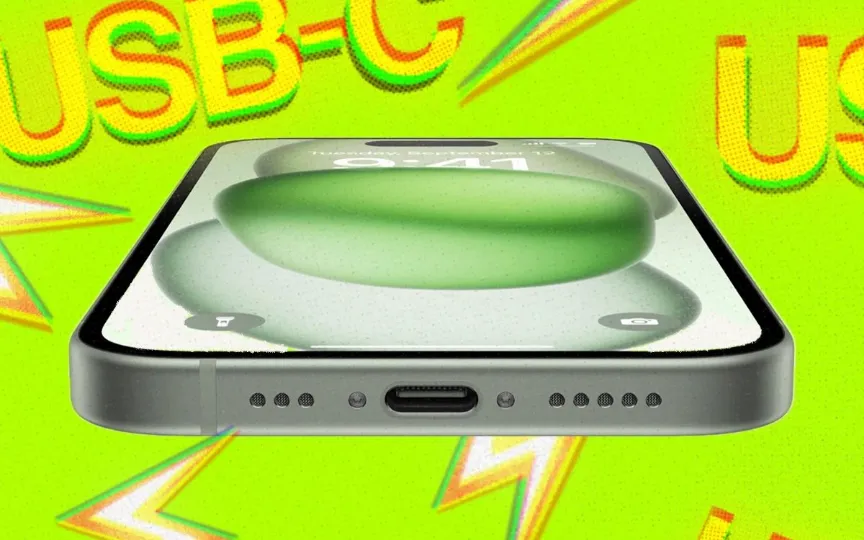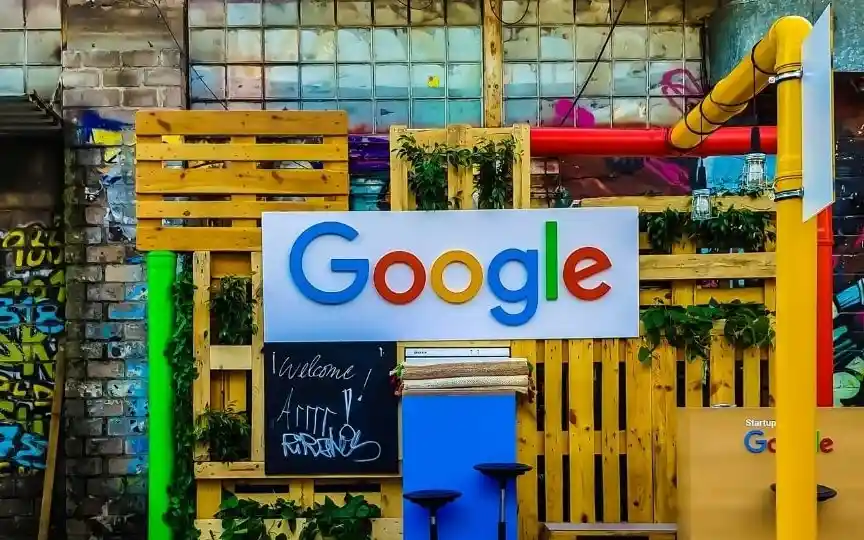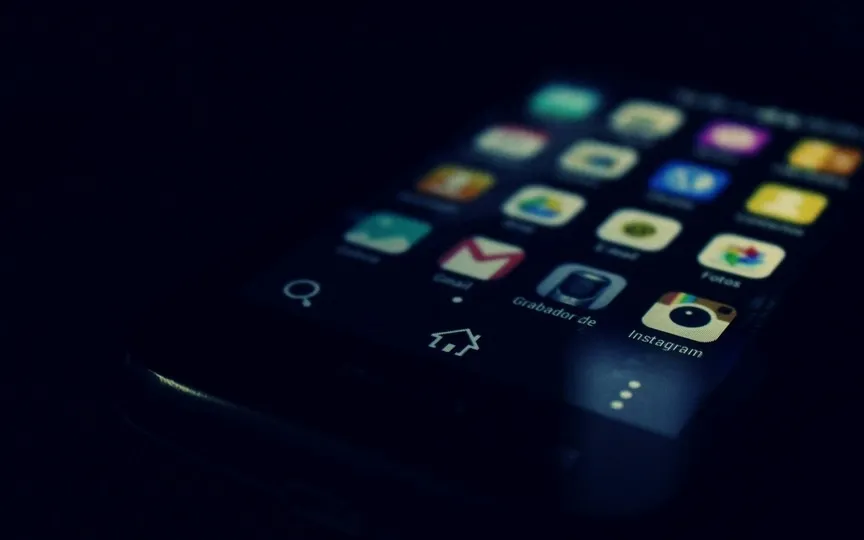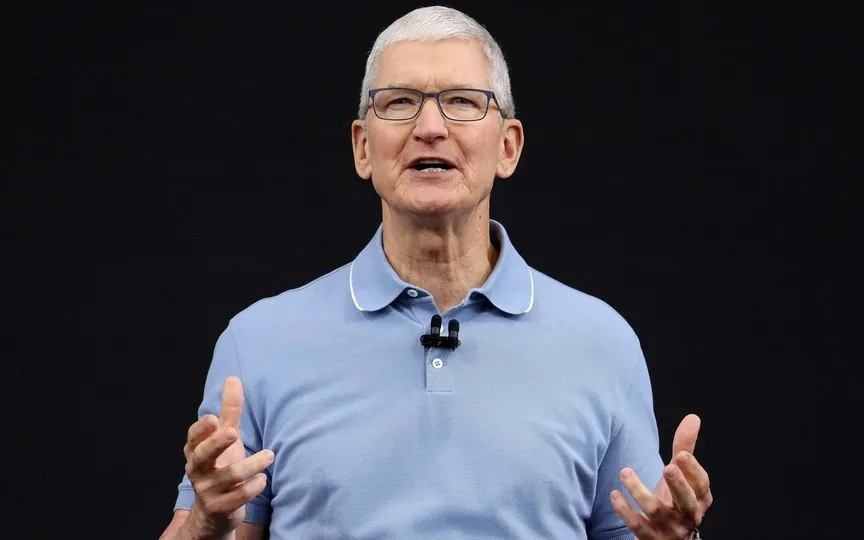Lightning Port iPhones Still a Viable Option Despite USB-C’s Arrival
Apple’s iPhone 15 series has switched to USB-C as the default port, leaving the decade-old Lightning connector. This EU-influenced move has been welcomed, with many celebrating being able to use a single cable to charge all their devices – and not forgetting the myriad benefits, such as the ability to use USB-C accessories such as SSDs. , this movement brings
Does this mean that iPhones that still ship with the Lightning connector are obsolete and shouldn’t be bought? Well, this requires a detailed answer. So we’ll tell you why it might still make sense for some people to buy a Lightning iPhone.
First, we need to see Apple’s target market with the vanilla iPhone 14, iPhone 13, and third-generation iPhone SE — the three iPhones it still sells with the Lightning connector. The people who buy these iPhones aren’t the most demanding types – they just want a reliable device that can last all day in terms of battery, snap good pictures of friends and family, and most importantly, let them send text messages using blue bubbles. iMessage, and yes, FaceTime too.
Now, if you think about it, the iPhone 14 still allows you to do all this, is much cheaper than the current iPhone 15 (USB-C model) and is comparable. Also, if you think about it, the vast majority of the population doesn’t necessarily care what port their phones have, as long as it works.
A decade of flash accessories
Also, it can’t be denied that people have all kinds of iPhone accessories because the Lightning connector has been here for a decade. Not only have people invested in accessories like MagSafe power adapters, but they’ve also bought numerous cables and other accessories that still support Lightning. So if you ask the casual iPhone user to switch to USB-C right away, it might turn out to be a big move for them.
Not everyone is going to take advantage of USB-C (at least initially)
Although USB-C has opened up a number of possibilities for creators and power users, the use case is not relevant for the average user. Not everyone wants to shoot in LOG using an SSD, they may not trust USB-C to reverse charge other products like AirPods — and they may never even connect their iPhone to their computer for data transfer or backup. I remember my maternal grandfather once asked me to transfer his WhatsApp data to his new phone – and yes – you guessed it, he had never connected his device to his computer because he doesn’t have one. And I would think that this might be possible with millions of such grandparents. They don’t need a fancy USB-C port, and they don’t care about 10 gigabits per second transfer either.
iPhone 15 series: Entry fee
With the prices of the vanilla iPhone 13 and iPhone 14 models dropping since the launch of the iPhone 15 series starting at Rs 59,900 and Rs 69,900 respectively, a large section of the iPhone-obsessed population is jumping on these models. We are already seeing unprecedented demand for the iPhone 14 during the ongoing festive sales in India, as they have been heavily discounted. The price of iPhone 13 has remained around Rs 40,000-45,000 and the price of iPhone 14 is around Rs 53,000-57,000.
This is a good price for many people who want to switch to an iPhone and want to see what Apple’s “walled garden” is like. Hence, in a market like India where price matters, a cost-effective device, albeit one with a Lightning connector, might still make sense in the near future.
In contrast, the price of the new iPhone 15 starts at Rs 79,900 and goes up to Rs 1,59,900 for the base iPhone 15 Pro Max variant. This can be a tough pill to swallow for most casual buyers who just need a working “iPhone”, unless of course they are power users or want the latest and greatest.
Conclusion: Lightning still has miles to go
It makes sense for Apple to continue offering Lightning-based iPhones for the foreseeable future due to the aforementioned factors, but one thing is certain, it will no longer launch new iPhones with a Lightning port due to the EU offense; but until it continues to sell currently available models with Lightning, it still makes sense for the average user to buy them.




